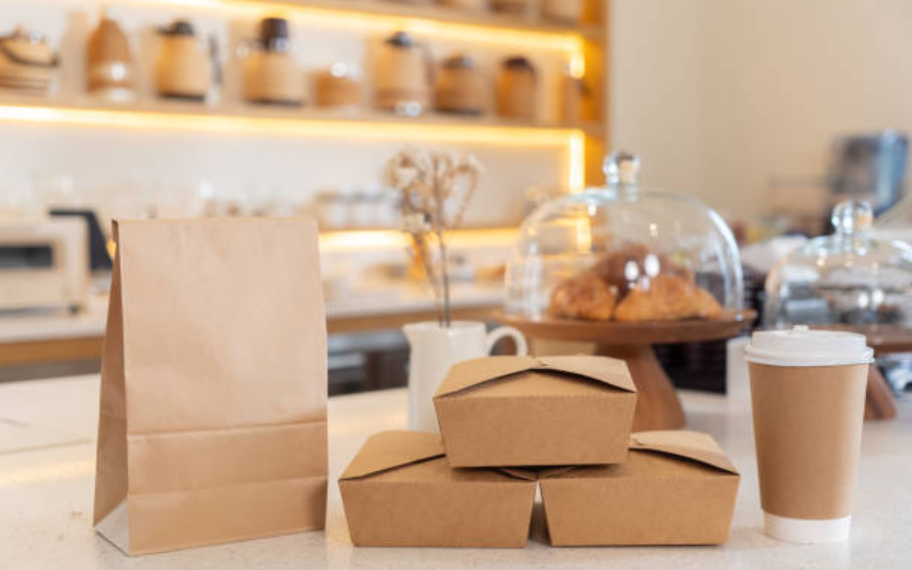If you’ve stumbled across the word mannacote, you’re not alone. Depending on where you read it, mannacote can point to a comforting Italian-American pasta dish or to a protective coating used in industry and agriculture. This guide untangles the confusion and explains how the term is used, what it usually refers to in each context, and how to figure out which meaning applies to your needs. You’ll also find practical tips, safety notes, and answers to common questions so you can navigate recipes, product labels, or technical documents with confidence.
What the term usually refers to
In everyday language, the word tends to cluster around two worlds. In kitchens, it’s often a homestyle pronunciation of manicotti—the baked pasta filled with creamy ricotta or savory meat, covered in sauce, and browned until bubbling. In technical settings, the same word can be shorthand for a durable, often polymer-based coating designed to protect metal, concrete, or packaging. The dual usage explains why search results can look wildly different: half the page is dinner, the other half is data sheets.
In the kitchen: the pasta people mean
In many families, especially in the United States, the word mannacote is a familiar way of saying manicotti, and the dish itself is pure comfort cooking. Large tubes (or thin crepes, if you follow the old-school method) are stuffed with a mixture of ricotta, mozzarella, and Parmesan, sometimes folded with spinach, herbs, or gently browned ground beef. The filled pasta is nestled into a baking dish, covered with tomato sauce or a light béchamel, and baked until the edges go a little crisp and the center stays plush and custardy. Home cooks love it because it scales well for gatherings, reheats beautifully, and welcomes tweaks—gluten-free shells, lactose-free cheeses, or roasted vegetables all play nicely without losing the spirit of the dish.
In industry: protective coatings and finishes
In engineering and maintenance circles, the word mannacote shows up as an informal label for high-performance protective coatings. In this context, it usually points to systems based on epoxies, polyurethanes, acrylics, or hybrid chemistries formulated to fight corrosion, abrasion, moisture, and UV exposure. You’ll see it associated with pipelines, tanks, marine hardware, structural steel, and concrete floors where longevity matters. Selection is all about fit for purpose: surface prep standards, film-build targets, cure profiles, chemical resistance, and service temperature define whether a single-coat or multi-coat system makes sense. The aim is to keep oxygen, water, and aggressive chemicals away from the substrate, cutting lifecycle costs and downtime.
Farming and food: edible films and controlled release
In agriculture and post-harvest handling, mannacote may describe biodegradable films that help fruits and vegetables resist moisture loss, bruising, or spoilage, or it may refer to polymer shells that slow the release of nutrients from fertilizers. Edible coatings—often derived from polysaccharides, proteins, or lipids—create a thin barrier that can reduce respiration rates and extend freshness without altering flavor. For crop nutrition, controlled-release shells meter out nitrogen or potassium over weeks, which can improve uptake while trimming runoff. As with industrial coatings, success depends on matching the formulation to the job: humidity, temperature, soil chemistry, and handling conditions all shape performance.
Benefits and limitations worth knowing
When the word mannacote is used for food, the benefits are convenience, crowd-pleasing flavor, and flexibility; the limitations are predictable too—overstuffing can make shells split, and watery ricotta can thin the sauce. In coatings, the strengths are durability and protection, with trade-offs like surface preparation labor, cure time, and the need for proper ventilation during application. Agricultural coatings can reduce waste and improve efficiency, but they still rely on sound agronomy, realistic expectations, and compliance with local regulations. Knowing these trade-offs helps set budgets, timelines, and service-life goals that won’t disappoint.
How to make or specify it the right way
For home cooks, mannacote generally means stuffed tubes or thin crepes baked in a moderate oven until the center hits a safe, creamy set. Two small moves make a big difference: drain ricotta briefly so the filling isn’t watery, and par-cook pasta just shy of al dente so it finishes tender in the oven without collapsing. Sauce should be seasoned fully before assembly because the filling is mild and benefits from a bright, balanced base.
For specifiers and facility managers, choosing a mannacote finish starts with the environment—salt spray, acids, hot washdowns, forklift traffic, or simple weathering all demand different binders and pigment packages. Insist on surface-prep guidance (like abrasive blast profiles), wet-film gauges for application control, and cure verification methods, then schedule inspections so the finished film meets thickness and adhesion targets.
Safety, compliance, and sustainability
Food safety is straightforward: use pasteurized dairy, handle fillings with clean hands and tools, and bake to a safe internal temperature. For coatings, ask suppliers about VOC content, worker exposure limits, and disposal practices; material safety data and environmental product declarations should be available on request. When the label says mannacote, request third-party test results for corrosion, impact, and chemical resistance, and look for low-odor, low-solvent options where possible. On farms and in packing houses, confirm that edible films and fertilizer shells meet local approvals and that workers are trained to apply them consistently; sustainability gains only arrive when the system is used exactly as designed.
Common misconceptions and how to avoid them
A frequent mix-up is assuming the word always refers to a pasta dish or always to a paint-like product. Context clues are your best friend: mentions of ricotta, sauce, or baking dishes mean you’re looking at a recipe; talk of mil thickness, surface prep, or salt-fog testing means you’re in the world of protective chemistry. Another misconception is that any single solution works everywhere. In reality, the best outcome comes from tailoring—adjust a recipe to the moisture in your cheese, or adapt a coating system to the climate and chemicals on site. The more specific the match, the longer the result lasts.
Buying tips and practical next steps
For the kitchen, start with quality dairy, keep the filling well-seasoned, and use a baking dish that holds heat evenly so the center sets without drying the edges. For technical jobs, treat specification as a process: define the service environment, shortlist a few systems, run a small on-site trial, and monitor for adhesion and cure. In agriculture, test a pilot block before scaling to a full field or packing line. In every scenario, clear instructions, simple checklists, and basic record-keeping turn a vague label into reliable results.
FAQs
What does the term actually mean?
It’s used in two main ways: a homestyle name for a baked pasta dish, and an informal label for protective or edible coating systems. Context tells you which one applies.
How do I tell which meaning is intended on a page or label?
Look for clues: ingredients, ovens, and casseroles point to the kitchen; surface prep, film thickness, and cure schedules point to coatings.
Is the pasta dish difficult to make at home?
Not at all. Draining ricotta, avoiding overfilling, and baking in a moderate oven make it weeknight-friendly and company-worthy.
What should I check before choosing a coating system?
Define the environment, confirm surface preparation, and ask for performance data—corrosion tests, chemical resistance, and cure details matter.
Are edible films and controlled-release shells safe?
When sourced from reputable suppliers and used as directed, they’re designed for safety and efficiency; always follow local regulations and handling guidance.
Conclusion
Whether the word points to a bubbling tray of stuffed pasta or a hardworking protective film, clarity comes from context and purpose. Use the culinary meaning when you’re cooking for family or friends and want a forgiving, flavorful bake that scales. Reach for the technical meaning when you’re protecting metal, concrete, or fresh produce and need measurable performance. With the right match, the term stops being confusing and becomes a practical path to better meals, longer-lasting assets, and less waste.


